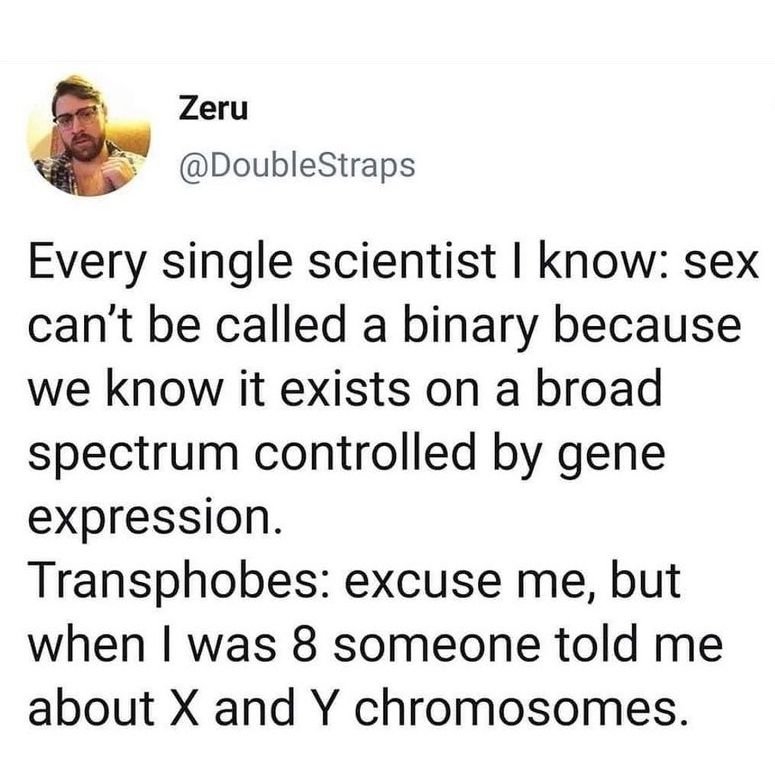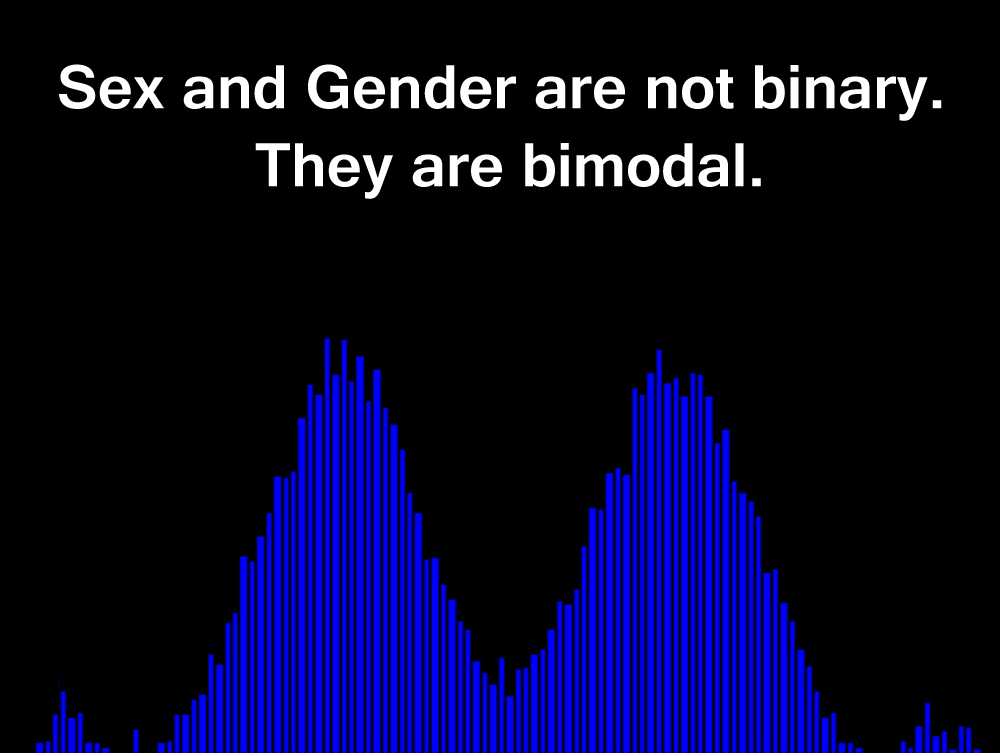
I get it. You’re tired. There used to be 3 channels and now there are apps to help you pick what to watch on Netflix. There are 20 Democrats in the primary, were up to 807 Pokemon, and you’re learning something new about racism or sexism or sex and gender minorities every day. You grew on what you were taught and you’re sick of it continually changing. Nevertheless, it’s a privilege our society can ill afford to remain ignorant about the experiences of others and so I must reiterate: sex and gender are not simple ideas nor are they based on a single factor. We can use either as a broad way of describing people, but when we begin to make rules about who goes in which box, we have to be very careful about our boxes. Many well meaning people, usually at the beginning of their understanding, go from believing that there are just two genders in the world to cautiously accepting that there are four. They’re ready to move on, to accept that we no longer have a gender binary, but instead have ‘biological men’, ‘biological women’ and ‘trans men and trans women.’ Then from there they might begin to relate to some ideas about gender and sex being different and yata yata and yeah, from these perspectives shutting trans women out of competitive athletics makes a certain kind of pragmatic sense. However when you start to add a little more information you realize things fall apart.
The ‘scientific’ critique of trans acceptance tends to be based on the belief that a ‘male’ gamete, XY, when combined with a ‘female’ gamete, XX, can result in either an XX or XY phenotype. Setting aside all the various forms of trisomy and other intersex possibilities, a Punnett square understanding of genetics just doesn’t stand up to close examination. Lets remember that this was a science invented 100 years ago by a guy drawing flowers. It’s a great way to teach children genetics but it’s not what modern scientists use to understand the human genome. We teach kids about Edison but we don’t expect the people running our nuclear power plants to be learning on erector sets. The most confounding piece of this whole ‘bathroom bill do trans people even exist’ conversation is the fact that you have all of science on one particular side. That’s not my liberal progressive atheist hedonist agenda, that’s the American Psychological Association, the World Health Organization, 700 biologists, over 100 geneticists and nine Nobel Laureates, among thousands of other experts and scientists.
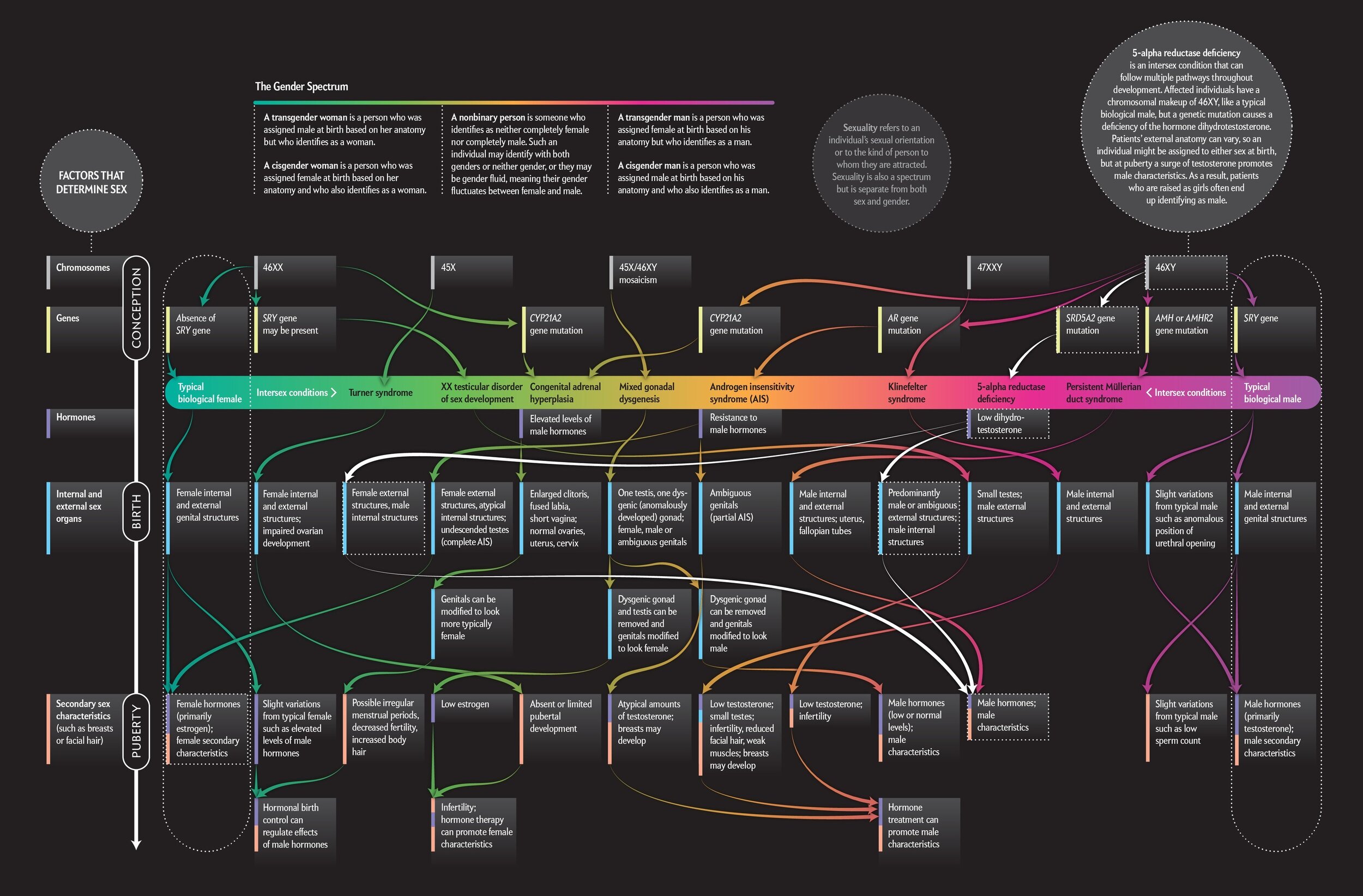
People speak about chromosomal DNA when they address sex and so it’s important to remember that human DNA is about 3 billion sequences long. The things we look at and talk about when we declare a trans woman ‘biologically male’ are sincerely not as simple as describing a single chromosome pair. That simplistic and dated idea of genetics was fine for 3rd grade natural science class but it’s not the standard the International Olympic Committee uses when making a determination, nor should it be. There is TONS of room for debate about some of the grey areas the IOC uses but there’s a reason so many organizations use them as a model- their system is complex. It looks at many, many different hormone levels, it looks at ongoing research, at self-identification, it removes any consideration of genitalia or appearance. It’s imperfect, but it’s complex. If you hear anyone speaking about fairness in women’s sports, a subject I must point out with which we’re suddenly SUPER CONCERNED, kinda like a few years ago when we were all really interested in ‘ethics in gaming journalism’, make sure they understand that ‘biology’ and ‘sex’ aren’t binary concepts either. Simplistic statements like ‘trans women should not’ or ‘trans women can’t’ assume that trans identity belongs to ‘biological’ or ‘genetic’ males. If you read on, you’ll see that there’s no distinct cut off for what that actually means. These ideas are so loose and nebulous as to be effectively worthless, and instead are often used as a guise of concern. This idea of embracing trans gender identities while maintaining a binary notion of sex has therefore become a way to continue to discriminate against trans people while denying the complexity of sexual expression. We effectively say ‘sure, I respect your right to wear make up and call yourself whatever, but deep down, we still know what you are.’ In oversimplifying the trans experience, we diminish the remarkable diversity that is our genetic heritage and we blunt the uniqueness of a beautiful minority. So often we still view trans folx as a genetic mix up, a man or woman trapped in the wrong body. As someone who has always had a penchant for red heads, I hope we can begin to value these rare genetics as something special and gorgeous.
These simple graphics put it more plainly-



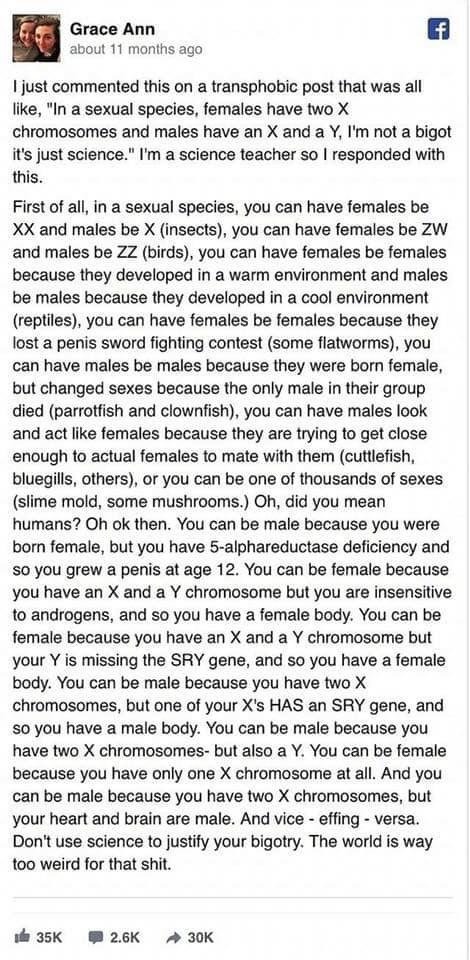
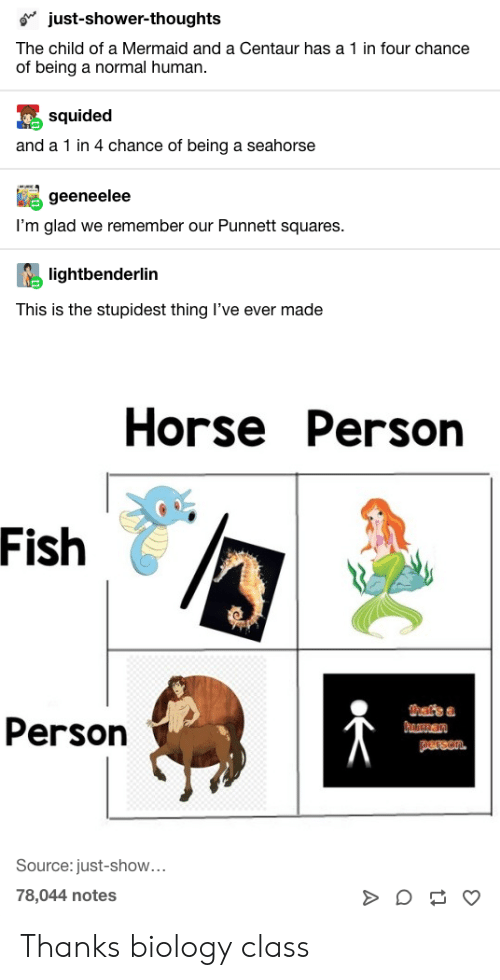
Potus Operandi by Jonathan Menjivar for This American Life
For a more detailed scientific examination you can read up here-
Trans Girls Belong on Girls’ Sports Teams: There is no scientific case for excluding them by Jack Turban for Scientific American
Data will level the playing field for trans athletes by Bri Newland for Sports Business Journal
Sex Redefined: The Idea of 2 Sexes Is Overly Simplistic by Claire Ainsworth for Scientific American
It’s Time To Stop Gender-Testing Athletes by Jaime Schultz for The New Republic
Irresponsible scientific research and media portrayals are hurting trans people. Do better by Elysa Carr for Massive Science
Cornell Fact List & Extensive Literature Review
Transgender, intersex, and gender non-conforming people #WontBeErased by pseudoscience
Transgender People and “Biological Sex” Myths by Julia Serano for Medium
Stop Using Phony Science to Justify Transphobia by Simón(e) D Sun for Scientific American
Are the Brains of Transgender People Different from Those of Cisgender People? by Shawna Williams for The Scientist
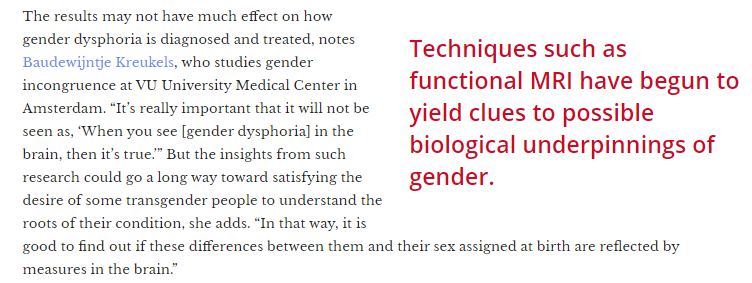
The World Health Organization- Genomic Resource Center; Gender and Genetics
TransAthelete- International Olympic Committee Policy
NATURE Volume 518, February 2015, Pages 288–291
The transsexual brain – A review of findings on the neural basis of transsexualism
Neuroscience & Biobehavioral Reviews Volume 59, December 2015, Pages 251-266
Endeavour Volume 40, Issue 3, September 2016, Pages 152-162
Birth Defects Orig Artic Ser. 1990;26(4):209-23.

A sex difference in the human brain and its relation to transsexuality
NATURE Volume 378, November 1995, Pages 68-71
Frontiers in Neuroendocrinology Volume 32, Issue 2, April 2011, Pages 214-226
